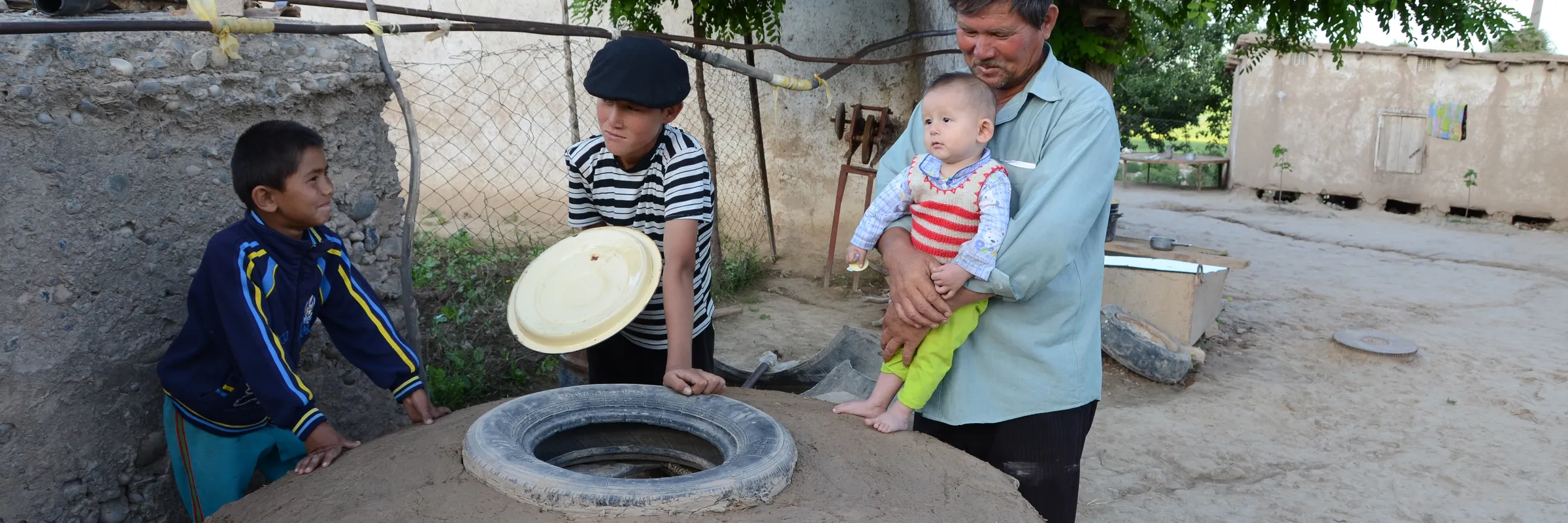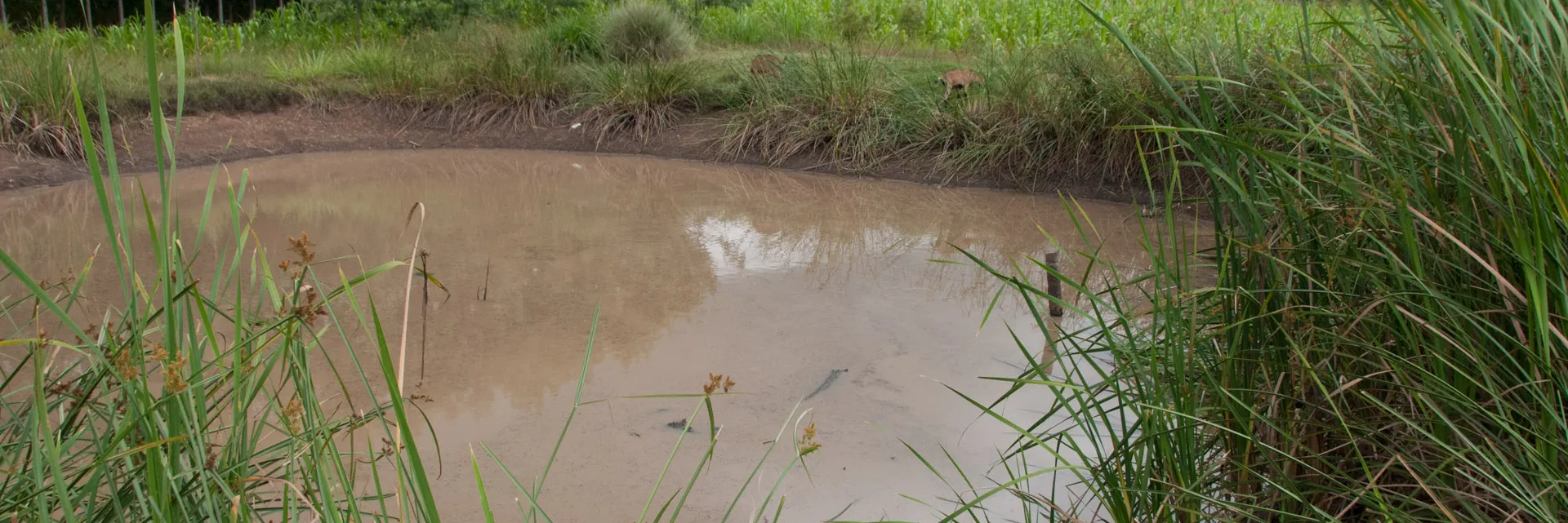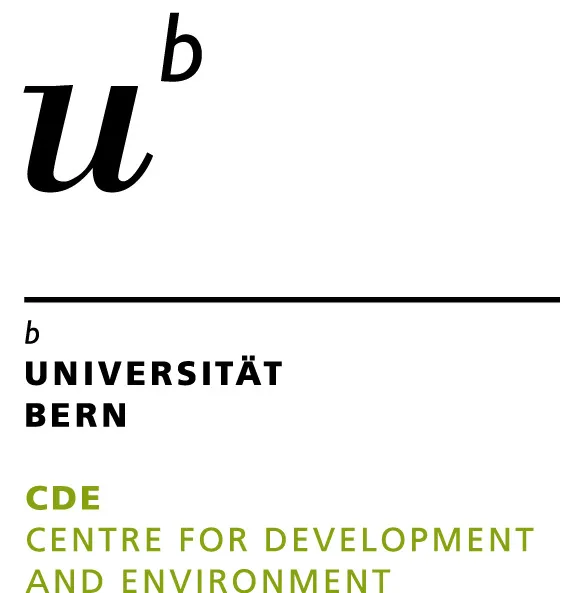Book project: Water Harvesting – Guidelines to Good Practice
The 2013 publication, “Water Harvesting – Guidelines to Good Practice”, make good practices in water harvesting comprehensible and accessible.
- Home
- Book project: Water Harvesting – Guidelines to Good Practice
About the project
Water Harvesting (WH) has been practiced successfully for millennia in parts of the world – and some recent interventions have also had significant local impact. Yet the potential of water harvesting remains largely unknown, unacknowledged, and unappreciated. The 2013 publication, “Water Harvesting – Guidelines to Good Practice”, make good practices in water harvesting comprehensible and accessible. It was mandated by the International Fund for Agricultural Development (IFAD), prepared by the Centre for Development and Environment/ WOCAT in collaboration with MetaMeta and the Rainwater Harvesting Implementation Network (RAIN), and funded by IFAD and the Swiss Agency for Development and Cooperation (SDC).
It is time to scale up the “good practices” of water harvesting that have survived for generations or emerged from new experience, after decades of almost exclusive focus on mastering fresh water flows in rivers and lakes through investments in irrigation infrastructure. Water harvesting offers under-exploited opportunities for the predominantly rain-fed farming systems of the drylands in the developing world. Its great benefit: it works best where rural poverty is worst. When practiced well, its impact is to simultaneously reduce hunger and alleviate poverty, as well as to improve the resilience of the environment.
The principle is simple: capture potentially damaging rainfall runoff and translate this into plant growth or water supply. This makes sense where rainfall is limited, uneven, or unreliable with pronounced dry spells. Yet despite these rainfall limitations, runoff occurs due to high-intensity showers and the low water-holding capacity of fields, pastures, and forests. And with the impacts of climate change already being felt, here is an approach to better use a local resource for livelihood sustenance. These practical guidelines offer a menu of technologies that can form part of an overall adaptation strategy for rural people: farmers and nomads, women and men. Rainwater harvesting technologies presented in these guidelines are flexible and can be adjusted to the local context while being embedded into institutional frameworks.
In Part 1 of “Water Harvesting – Guidelines to Good Practice”, the concepts behind water harvesting are introduced and a working definition proposed. Based on the practices in the WOCAT database, a harmonized classification system was developed. This is followed by an assessment of suitability for adoption and scaling up, and decision-support on planning of water harvesting. In Part 2, we provide an overview of four water harvesting groups/ “categories” (flood WH, macrocatchment WH, microcatchment WH, and rooftop/ courtyard WH) and, for each, give a selection of good practices in the form of case studies. These case studies are presented in the systematic, consistent, and standardized format developed by WOCAT.
Project results and impacts
Population growth, climate change, higher food prices, and growing shortages of safe drinking water mean that more emphasis must be put on better water management. Water harvesting in particular has high potential: not only for increasing crop production in dry areas, but also for providing drinking, sanitation, and household water as well as water for livestock. However, initiatives are still too scattered, and experiences related to “best” WH practices are poorly shared. Policies, legal regulation, and government budgets often omit water harvesting in integrated water resource management and poverty reduction strategies.
To address water scarcity and growing demands in drylands, there is no other option than to improve agricultural production by increasing water availability and water use efficiency. Water use efficiency should be increased by harvesting local resources, and provision of water for drinking, as well as domestic and livestock use, should be decentralized. Today, water harvesting is increasingly promoted as a coping strategy, and both national and international organizations are beginning to invest more in WH for domestic water supply, livestock consumption, and plant production. However, to support and stimulate this development more attention must be paid to:
- Facilitating sharing of knowledge and decision support for local implementation and regional planning.
- Scaling up the wealth of WH knowledge and successful WH practices based on informed decision-making.
- Demonstrating the benefits of WH, including cost and benefit assessments.
- Capitalizing on local and traditional knowledge, as well as on innovations by water users and research.
- Mainstreaming WH implementation into development projects, investment frameworks, national strategies, and action plans.
- Building up effective and experienced extension and technical advice services.
- Encouraging coordination and collaboration among stakeholders.
- Assuring an enabling framework from the policy level: especially securing land and resource use rights.
- Supporting effective decentralization and good governance by offering capacity building and training.
Publications
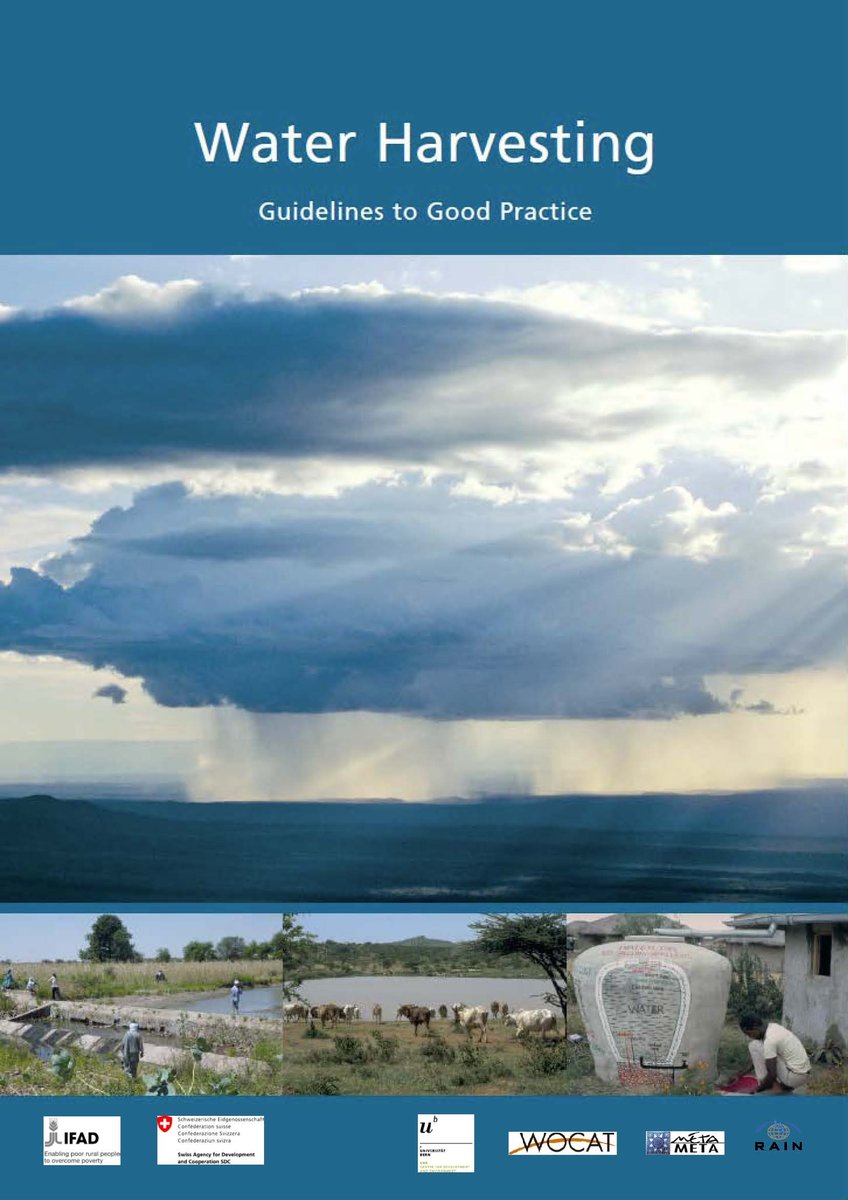
Countries
Contact
 Switzerland
Switzerland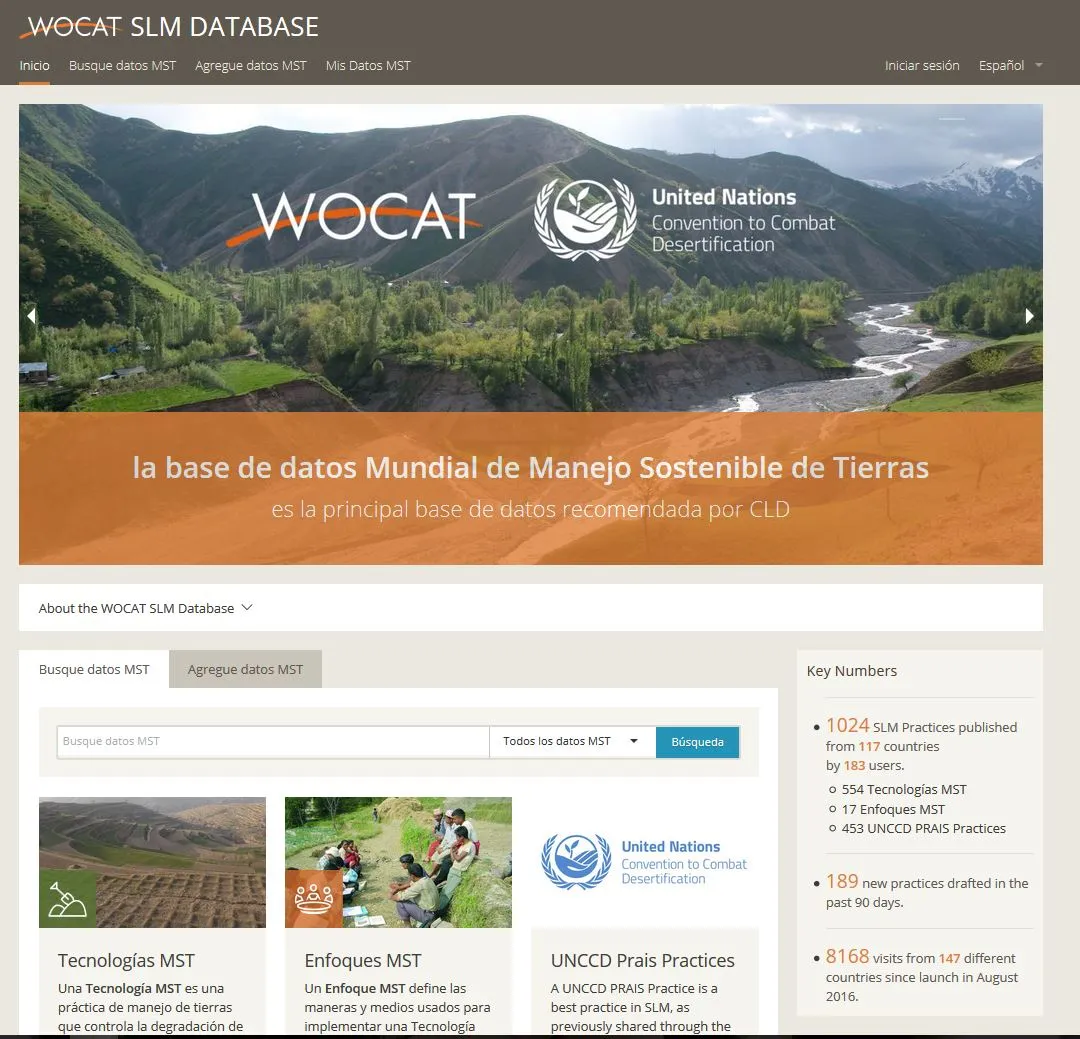
SLM practices documented within this project.
Project duration
2012 - 2013

Rainwater Harvesting Implementation Network (RAIN)

MetaMeta Research
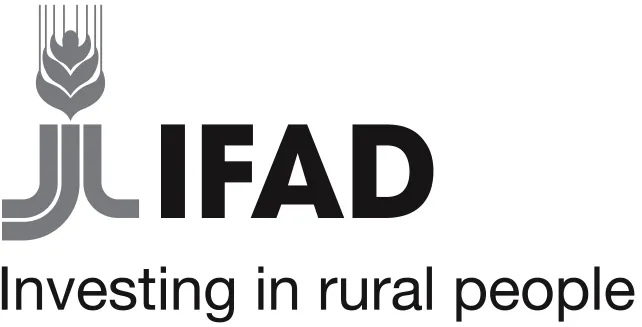
International Fund for Agricultural Development (IFAD)
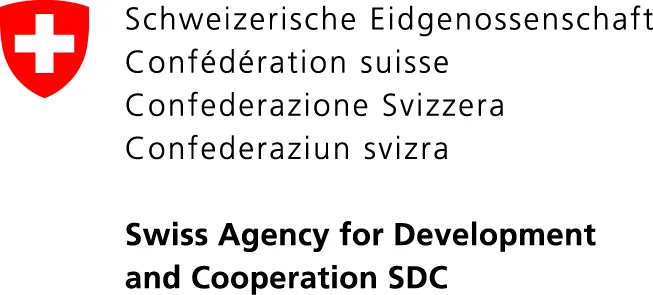
Swiss Agency for Development and Cooperation (SDC)
